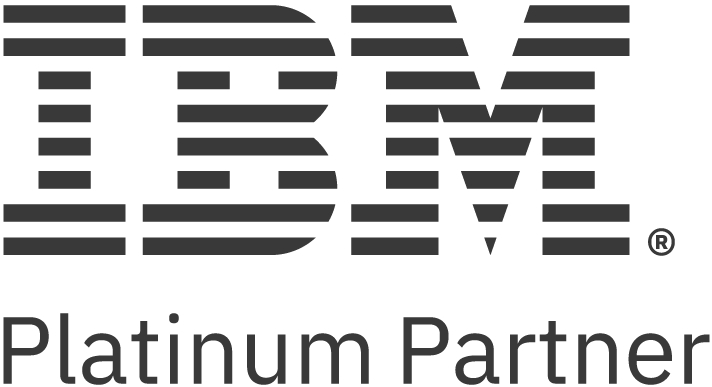August 05, 2024
5 Tips for Successful Legacy Modernization
Modernizing legacy applications that are critical to business operations can be overwhelming, but careful analysis and automation can help simplify your journey, enabling increased efficiency, security and scalability.
Keeping up with technology can feel like a repetitive cycle — once you implement a new tool or software, something newer and shinier is already on the market and the abundant number of options makes it difficult to keep your head above water.
Nevertheless, neglecting to update key technology can put your organization at risk. For example, a decades-old legacy application can pose security risks due to lacking updates and outdated threat-mitigation measures.
Updating a legacy application that keeps your business running is not something you should put off. Eventually, an outdated legacy app will slow down operations due to integration issues and its inability to scale with your growth.
5 Ways to Modernize Legacy Applications Effectively
Don’t fall behind a competitor that is keeping up with technology and providing a better customer experience. Prioritize updating your legacy apps and follow these tips for a successful modernization process:
- Don’t get bogged down by customizations.
It's common for a legacy application to have several customizations but whether they are still relevant can be difficult to determine, so it’s important to reevaluate what exactly you need your application to do.
Rather than try to carry over each customization, consider what’s working well with the application and where it is lacking. To save time and money in the modernization process, ask yourself: “Are there too many time-consuming steps to get where I need to be? What data integrations am I missing? What could I do differently to take advantage of modern technology?” Interviewing people in your organization can also help you better understand business processes and pinpoint gaps.
- Think about your organization’s long-term strategy.
Consider where your business will be in 5-10 years and what type of user and customer experience you will need to provide. For example: Delivering a mobile experience is crucial for most businesses today. Is mobile an area where you are lagging?
If you have a cloud provider, look into the tools, solutions and discounts they may offer to support your application modernization roadmap. If you’re not currently in the cloud, is it possible you will be in the future? Do you plan to adopt any other technology that could impact this application? Don’t lose business to a company who invested more in IT.
- Address potential skill shortages.
Some organizations have a legacy application that is decades old and the original app maintenance person or team is no longer at the company, making it even more difficult to update. If the software was written in a code that few to zero people understand, you could find yourself at a point where it becomes impossible to manage. To prevent roadblocks caused by a skills shortage and avoid obsolescence, consider updating your application to a newer language that current and future generations in the workforce will know.
- Don’t rely on artificial intelligence to accelerate modernization efforts.
Generative artificial intelligence (AI) is all the rage right now and you may have heard how easy it is to use AI to convert existing code into a different programming language. However, the translation is not yet 100% accurate. If you do use AI to convert code, the output should be thoroughly reviewed to make sure your new code is accurate and usable, which can be as much work as manually retyping it. There are other, more reliable ways to use AI through automation.
- Utilize automation as much as possible.
One way to speed up the modernization process is through automation. Rule-based automation applies parameters determined by you to automate routine tasks and processes, eliminating the need for manual intervention and improving consistency. Template-based automation is similar but relies on predefined, customized templates. Automation can help you analyze, refactor and test code. It can also map data, containerize applications and more.
There is always the risk of disrupting business operations when updating a legacy application but you can mitigate the risk of long outages through careful assessment and planning, choosing the right technology and employing an incremental approach versus a complete overhaul.

